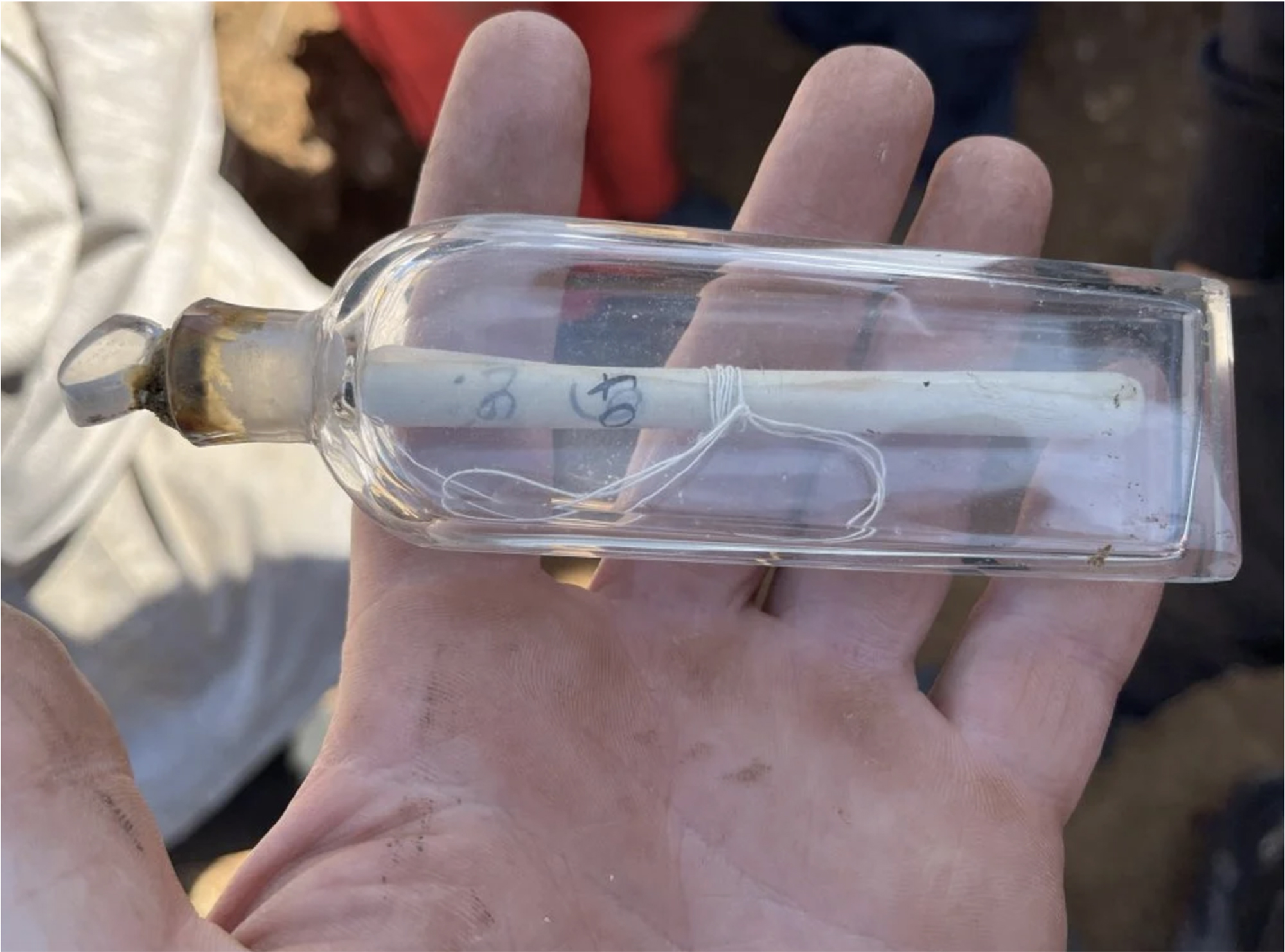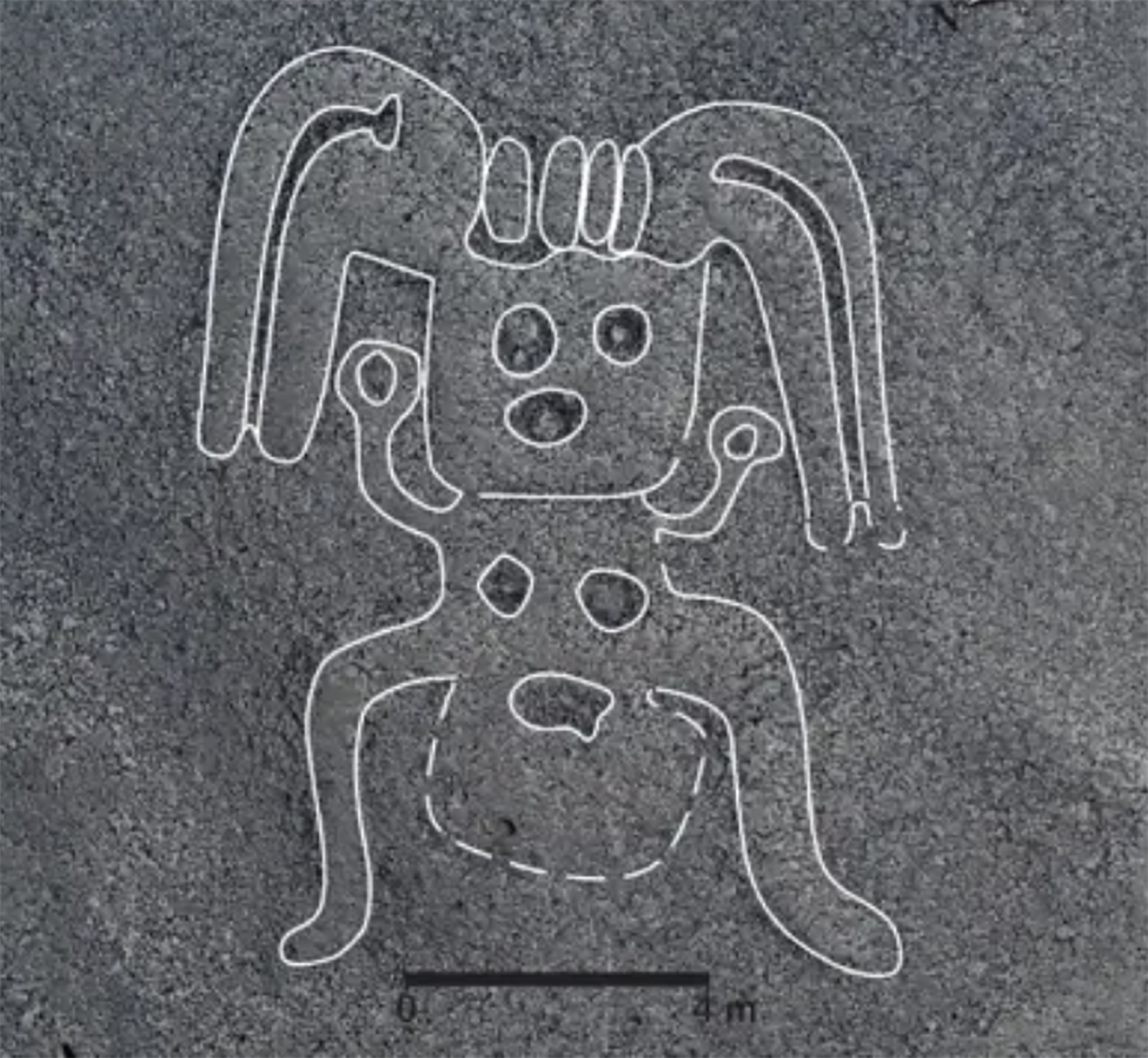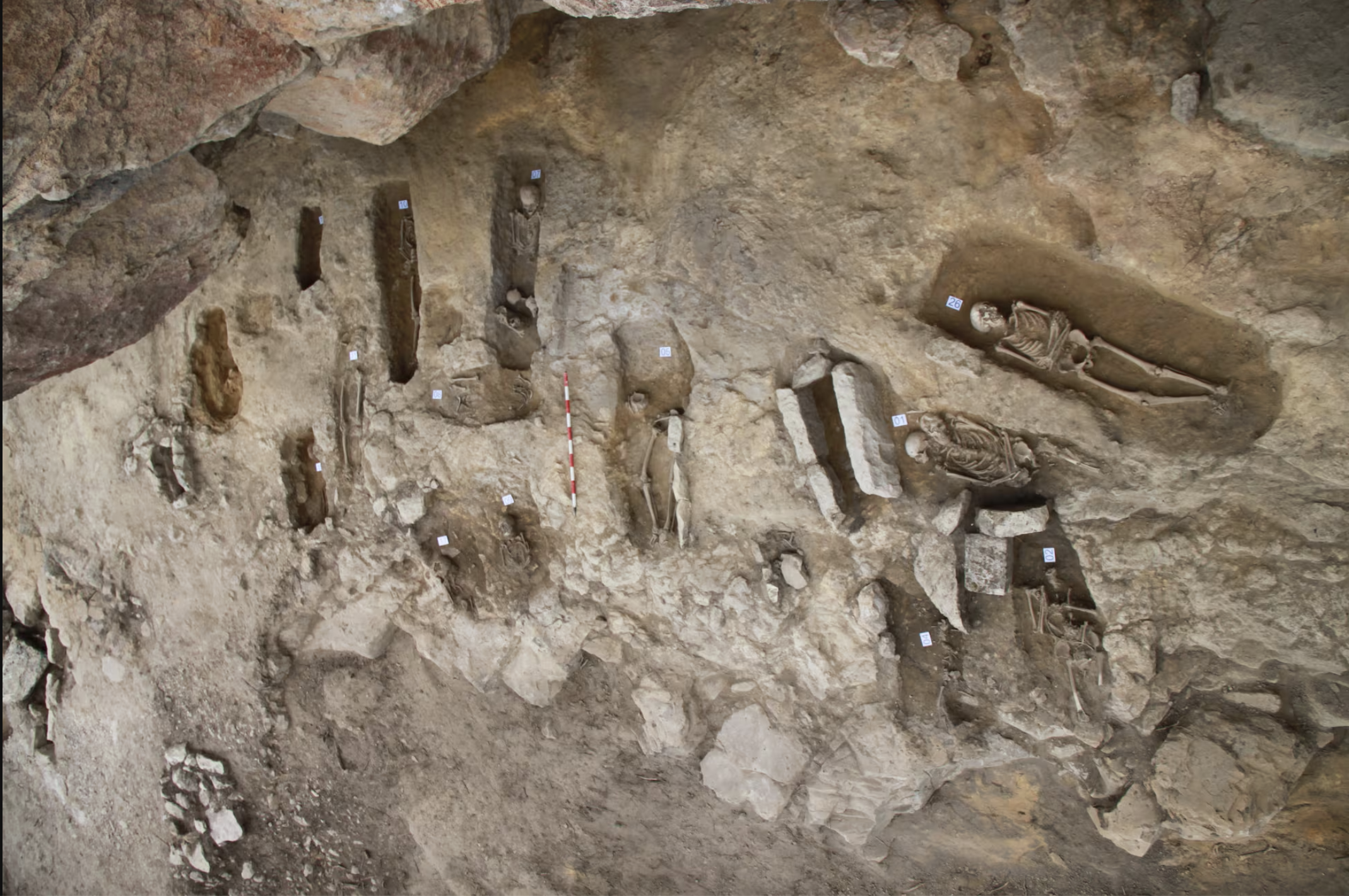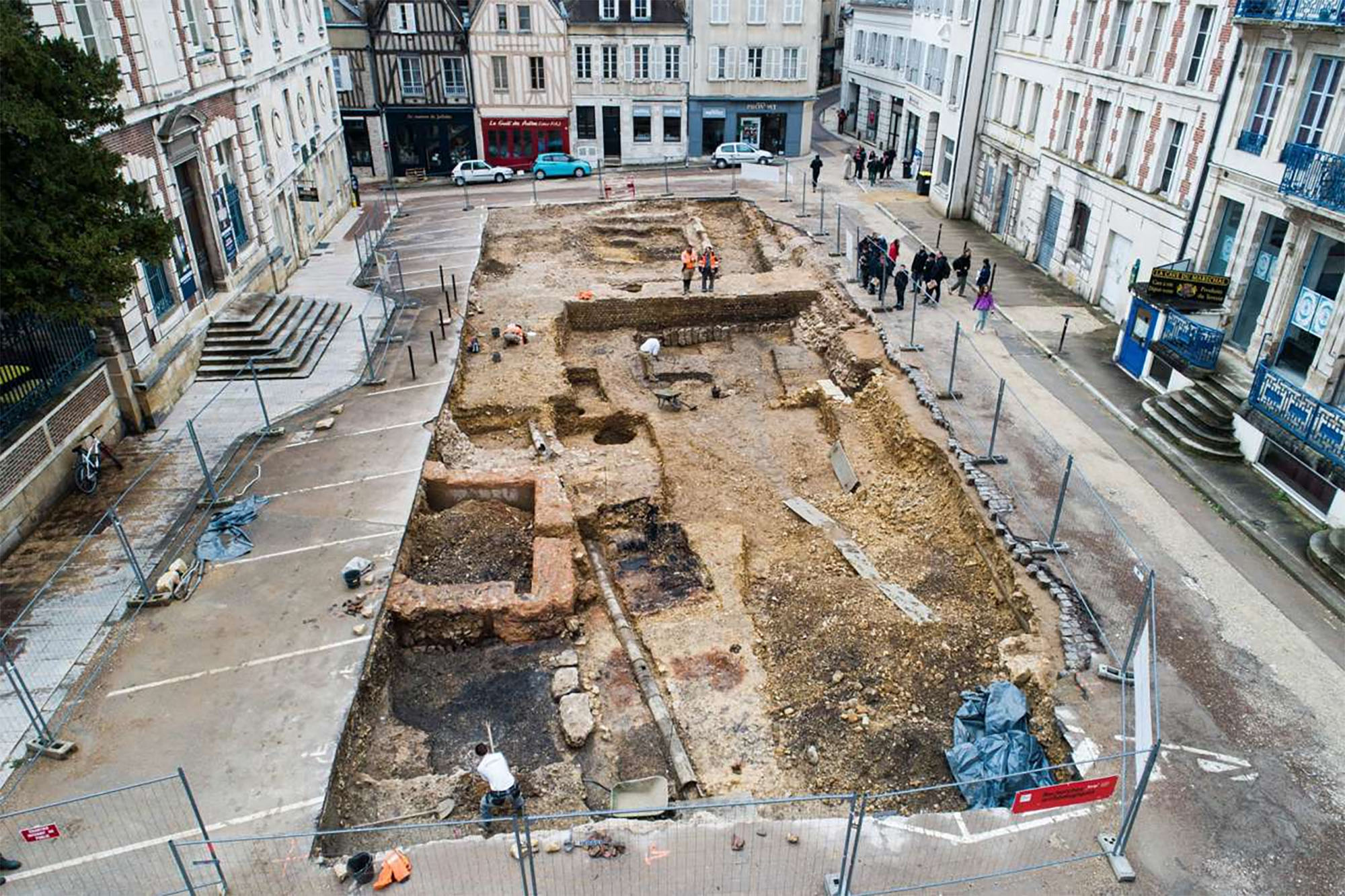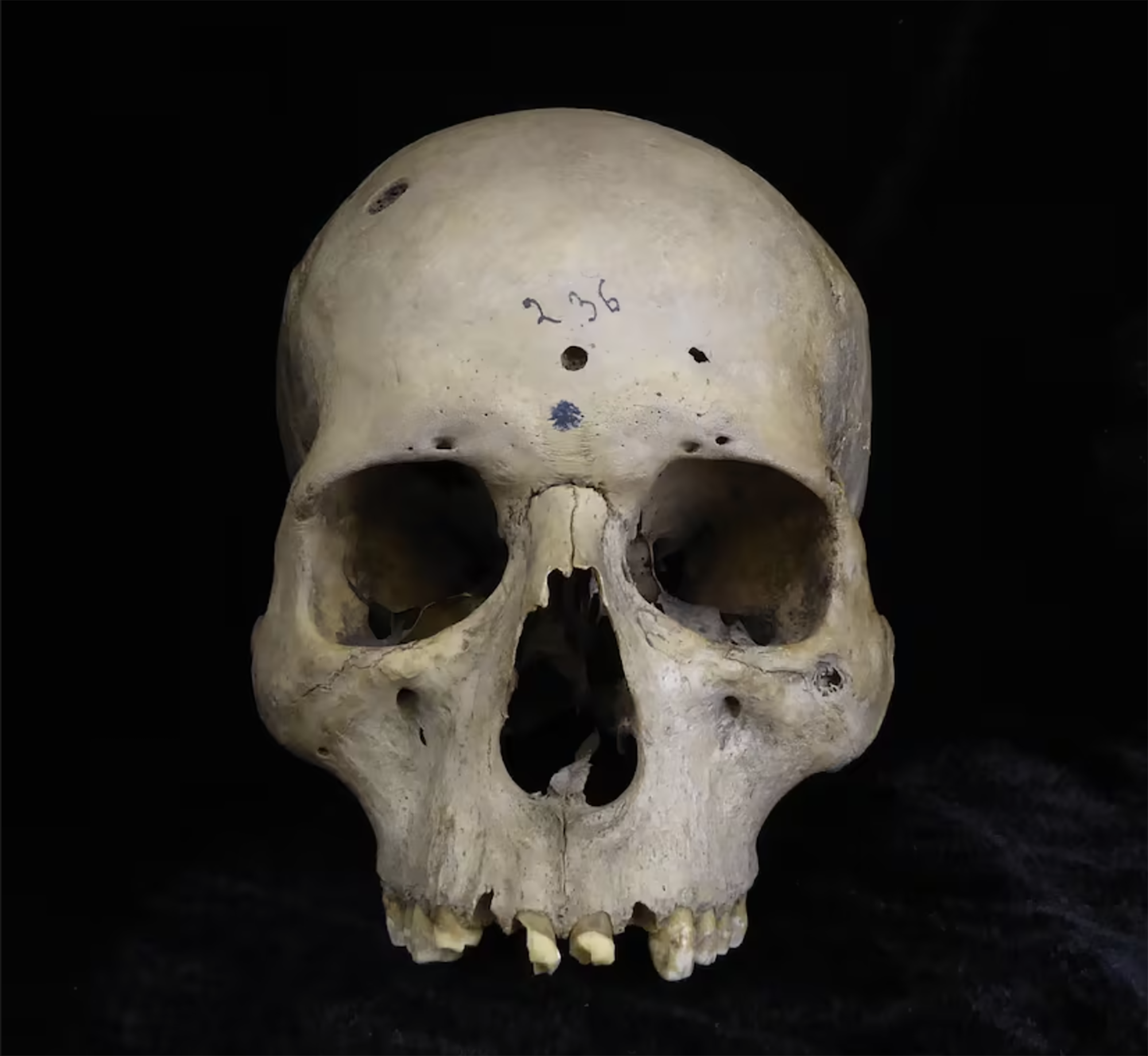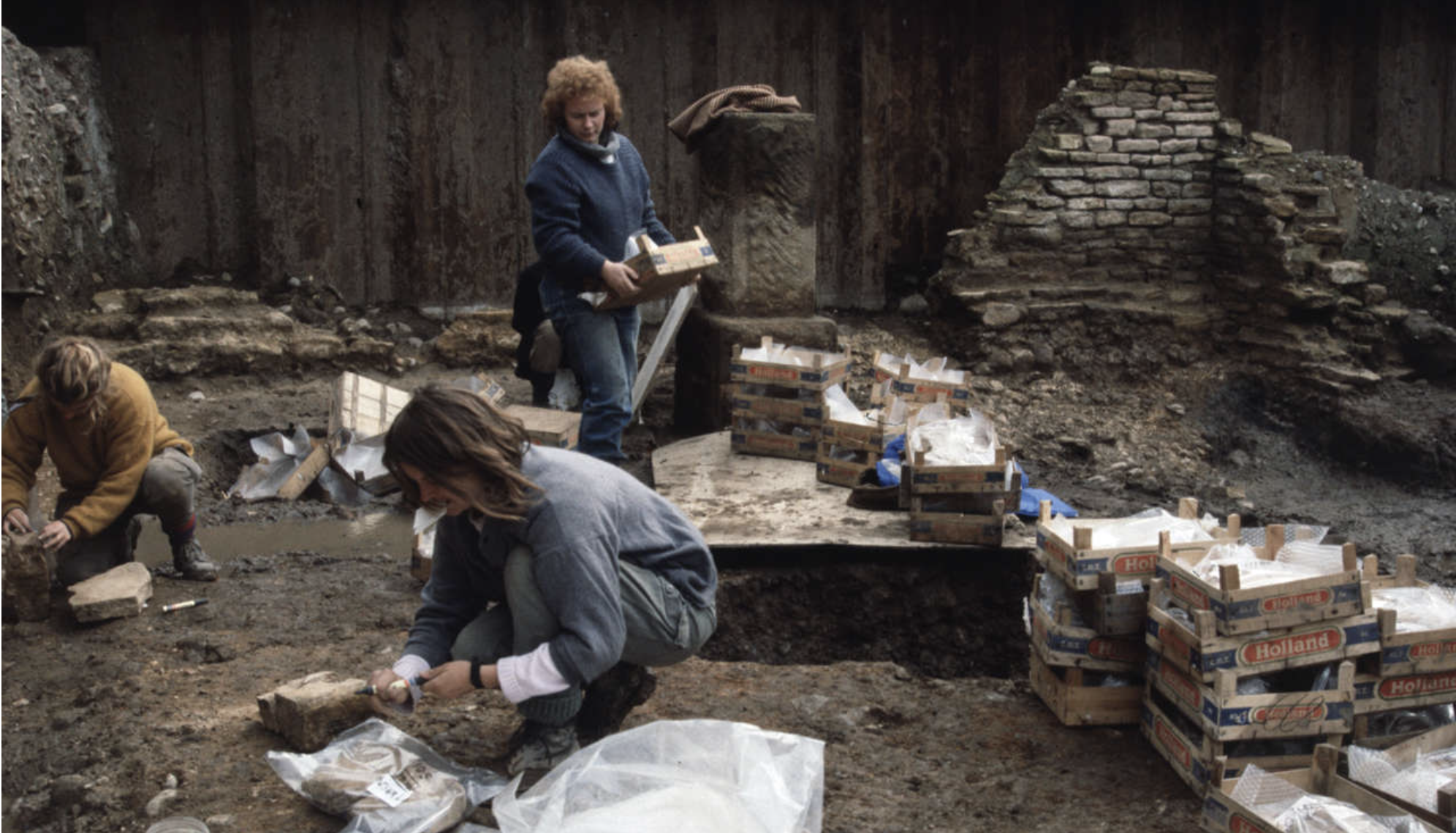The oldest drawing of the human being
- In the cave of Blombos, in South Africa, some stripes made of ochre have been found on the silcrete stone.
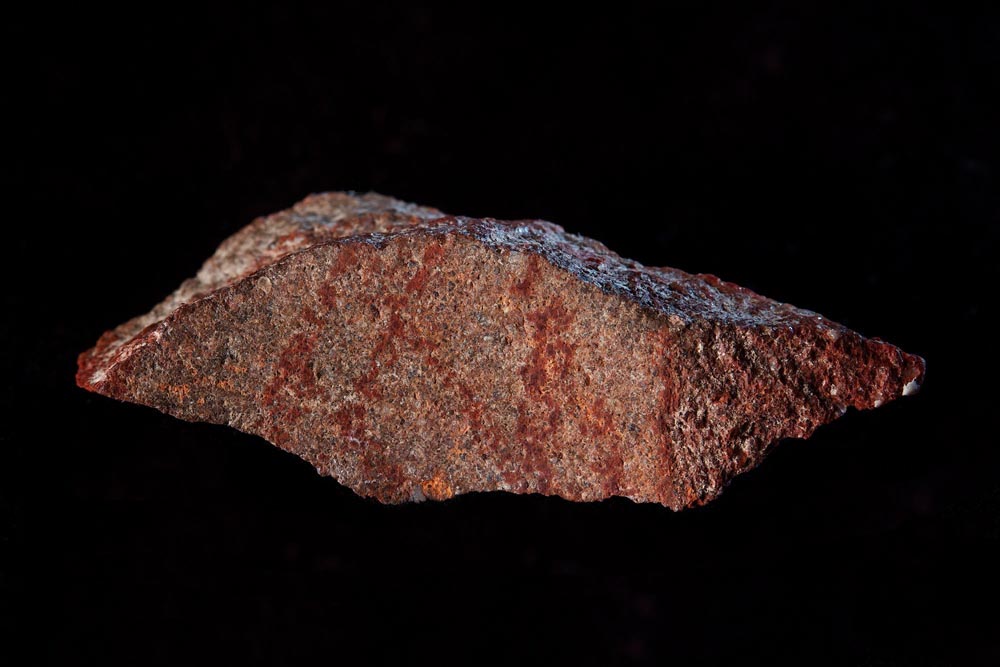
The research team led by Christopher Henshilwood and Karen van Niekerk has announced in the journal Nature that the drawing is 73,000 years ago. Experts estimated until recently that the first symbolic human manifestations date back to Europe 40,000 years ago, but this drawing is 30,000 years longer than the findings found so far.
They still don't know how and what those lines did for. It is believed to be part of a larger composition and looks like a traola. In this way, the oldest drawing ever discovered gives a symbol intimately linked to new technologies.
Ethiopia, 24 November 1974. Lucy's skeleton was found in Hadar, one of the oldest traces of human ancestors. The Australian hominid of Australopithecus afarensis is between 3.2 and 3.5 million years old.
So they considered it the ancestor of species, the mother of all of us. In... [+]
While working at a site in the Roman era of Normandy, several archaeology students have recently made a curious discovery: inside a clay pot they found a small glass jar, of which women used to bring perfume in the 19th century.
And inside the jar was a little papelite with a... [+]
A team of researchers led by the Japanese archaeologist Masato Sakai of the University of Yamagata has discovered numerous geoglyphs in the Nazca Desert (Peru). In total, 303 geoglyphs have been found, almost twice as many geoglyphs as previously known. To do so, researchers... [+]
Treviño, 6th century. A group of hermits began living in the caves of Las Gobas and excavated new caves in the gorge of the Laño River, occupied since prehistory. In the next century, the community began to use one of the caves as a necropolis. In the 9th century they left the... [+]
On August 1, a dozen people from the family were in Aranguren. Two young people from Aranzadi made firsthand the excavations and works being carried out in Irulegi. This visit is highly recommended, as it reflects the dimension of the work they are doing.
Halfway, at the first... [+]
In the desert of Coahuila (Mexico), in the dunes of Bilbao, remains of a human skeleton have been found. After being studied by archaeologists, they conclude that they are between 95 and 1250 years old and that they are related to the culture of Candelaria.
The finding has been... [+]
The Roman city of Santakriz is an impressive archaeological site located in Eslava, near Sangüesa. Apparently, there was a fortified people of the Iron Age, and then the Romans settled in the same place. Juan Castrillo, himself a priest of Eslava, gave the site for the first... [+]
This winter the archaeologists of the INRAP (National Institute of Preventive Archaeological Research) have found a special necropolis in the historic centre of Auxerre (French State), a Roman cemetery for newborn babies or stillbirths. - Oh, good! The necropolis used between... [+]
Two years ago, the Catalan archaeologist Edgard Camarós, two human skulls and Cancer? He found a motif card inside a cardboard box at Cambridge University. Skulls were coming from Giga, from Egypt, and he recently published in the journal Frontiers in Medicine, his team has... [+]
York, England, 2nd century. Various structures and houses were built in the Roman city of Eboracum. Among others, they built a stone building in the present Wellington Row and placed an arch in the wall that crossed the Queen’s Hotel. Both deposits were excavated in the second... [+]












